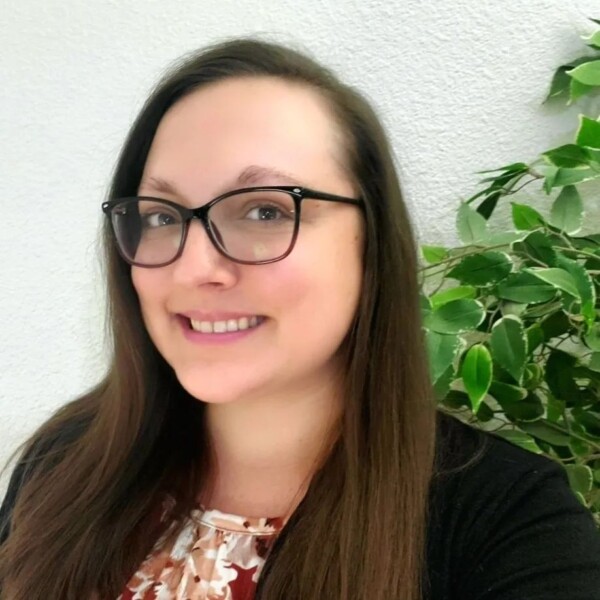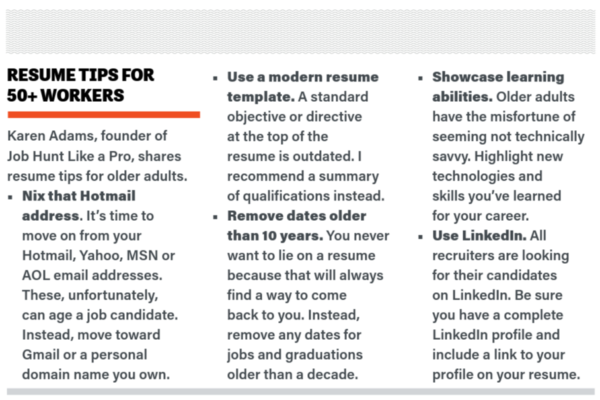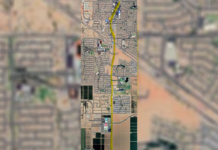
At 52, April Munk recalled her first real brush with ageism.
“There was one group of people I worked with for one school year that definitely would leave me out of things,” Munk wrote in a social media post. “I can’t say for sure, but I felt it was because of my age. I was 49 that school year.”
Ageism, as the name suggests, is a form of discrimination based on age and one that has become more prevalent as Baby Boomers and late Gen Xers stay in the workforce. In fact, a 2021 survey by AARP reported 78% of workers age 40-65 had seen or experienced age discrimination in the workplace.
Older employees often report facing age-related biases, such as negative stereotypes and misconceptions about their productivity and ability to keep up with technological advances or new skills. Unfortunately, ageism often manifests subtly through coded language or exclusion.
This was the case for Munk. At the time, she was one of the few older adults working in an East Valley preschool program where most other teachers there were in their early- to mid-20s. This left a generational gap she believed negatively impacted comradery among staff.
“They just kind of formed this clique where they excluded me,” she said. “They never once included me in their stuff outside of work … (and) they kind of didn’t want me in the classroom.”
Aside from feeling socially isolated from colleagues, Munk also felt dismissed in the classroom for using older teaching techniques or being singled out by the program director for trivial things.
“I have a tendency to get to work early in the morning, so I waited in the classroom before clocking in,” she said. “I was told by the program director that I couldn’t be in the classroom when I’m not on the clock. But the (younger teachers) were in there all the time.”
Munk eventually learned she wasn’t alone in feeling excluded. Several teachers her age confessed to feeling the same exclusion from younger teachers in their grade levels.
“I can’t prove it was ageism, but it felt like it was,” she said. “I think a lot of older folks are feeling that.”
The ‘affordability’ excuse
In other instances, the job interview is where discrimination can manifest. Mayor Nancy Smith shared an experience of job hunting after Motorola closed operations in Arizona.
“I decided I was at a point where I didn’t need a high-paying job, I could do something I really had a passion for,” she said. “I applied for several nonprofits … but their upper-level management used the explanation that I wouldn’t stay in the job long because I was so used to high salaries.”
Smith and the people who suggested she apply for the position believed her age played a role in the decision.
“I think it was age discrimination, but it wasn’t something I was going to force because I had no evidence of it,” she said.
It’s an excuse many older adults hear after an interview. They are used to high salaries, they are over-educated or they are told the work environment is fast-paced.

“When job hunting, older adults can come off as not with the times, not technically savvy or things like that,” she said. “Those are some of the things that we really want to target on a resume to showcase they can learn new technologies and skills.”
This includes utilizing modern resume formats, highlighting technological skills and updating LinkedIn profiles. These can help get resumes noticed by recruiters and management, but the interview is a different beast, according to Adams.
“There’s no hiding your age like you can with a resume when you go for an actual in-person interview,” Adams said. “You really want to show how you can be a benefit to their company and what your experience can do to help their bottom line.”
‘I’m more than able to keep the pace.’
Ron Angerame’s passion for combating ageism first took hold when interviewing a candidate for a telecommunications company nearly a decade ago.
“He was probably in his early 60s and wore a blue, pinstripe suit and wingtip shoes from 30 years ago,” he said. “I walked him past all the cubicles full of Millennials and Gen Xers. As the guy walked by, all my team were snickering and making faces, like, ‘You’re not really going to hire an old guy, are you?’”

“Based on his experience, he wasn’t a strong enough candidate,” Angerame said. “But I was surprised and really disappointed (in my team).”
Experiences like this prompted Angerame to show in the workforce, age is just a number.
“There’s this perception that Boomers just can’t keep up the pace in the workforce,”
Angerame said. “I thought, what can I do to help convince people I’m more than able to keep the pace?”
In 2021, he decided to complete the Marine Corps’ physical fitness test, which he passed in the 21-25 age range. This year, at 69, Angerame upped the stakes by completing the shorter but more intense Combat Fitness Training.
CFT is composed of three components that evaluate strength, stamina and agility of potential and current Marines. To successfully pass, Marines have to complete an 800-yard run in uniform, repeatedly lift ammo cans overhead for two minutes, then maneuver a drawn-out obstacle course, all within a matter of minutes.
In March, Angerame completed and passed the CFT at Copper Sky Regional Park in four minutes, 20 seconds as several Marines verified the course and his timing.

“My thing is, if hiring managers Gen X or younger are concerned about me keeping the pace or being fit and agile, then meet me out on the athletic field,” he said. “We’ll see who’s fit and agile.”
This content was previously published in the June issue of InMaricopa Magazine.







![In mayoral race, it’s the Nancy Smith show Maricopa Chamber of Commerce Executive Director Kelly Anderson grills incumbent Mayor Nancy Smith in election's first campaign event April 30, 2024, at Southern Dunes Golf Club. [Elias Weiss]](https://www.inmaricopa.com/wp-content/uploads/2024/04/CRM_1009-218x150.jpg)
![Merging lanes incite more 347 anger A merging lane sign sits on the side of State Route 347 northbound lanes during evening traffic on April 30, 2024. [Monica D. Spencer]](https://www.inmaricopa.com/wp-content/uploads/2024/04/spencer-043024-adot-merging-lanes-347-web-218x150.jpg)




